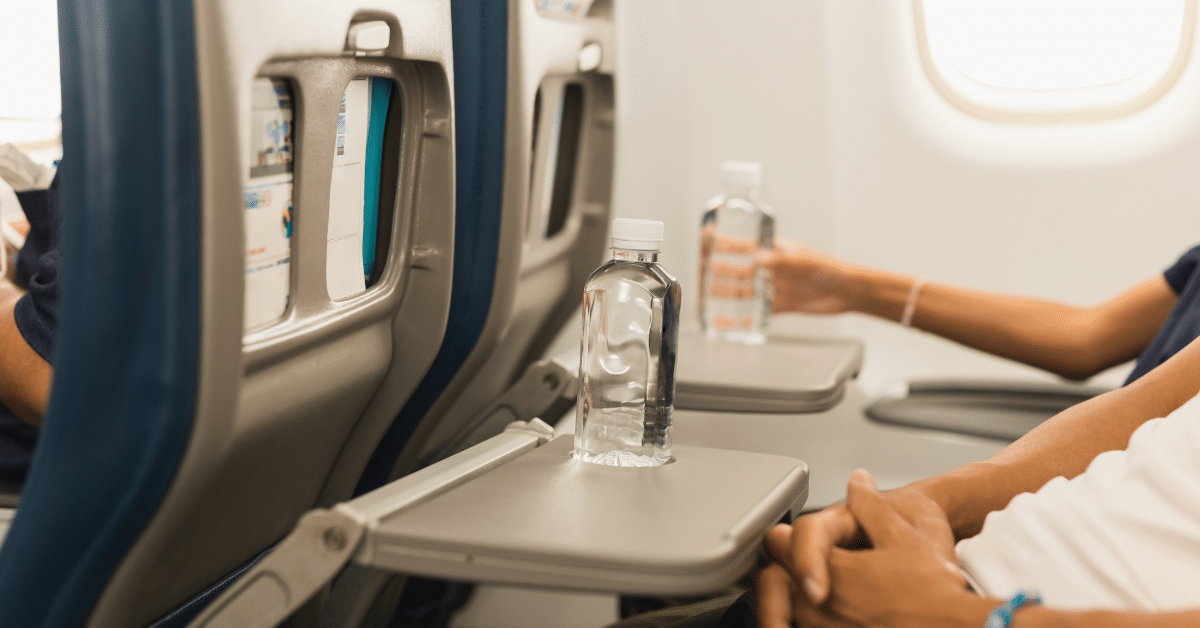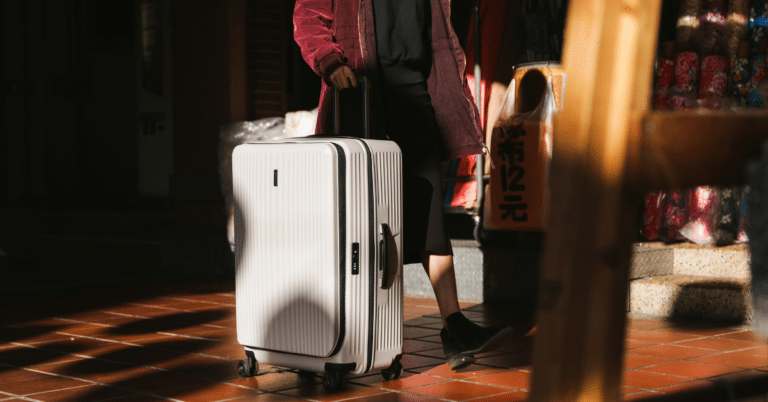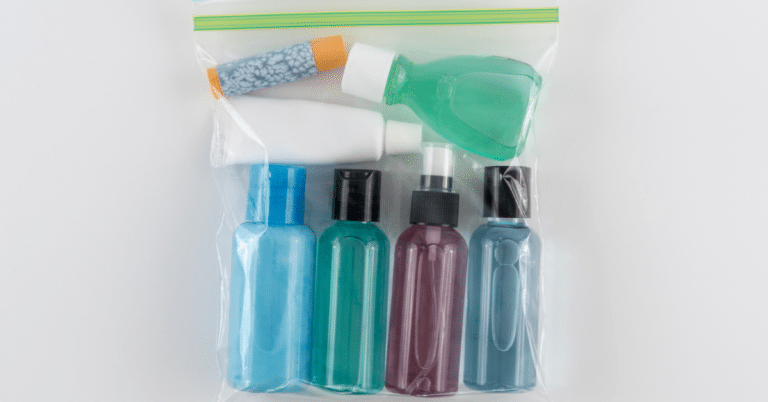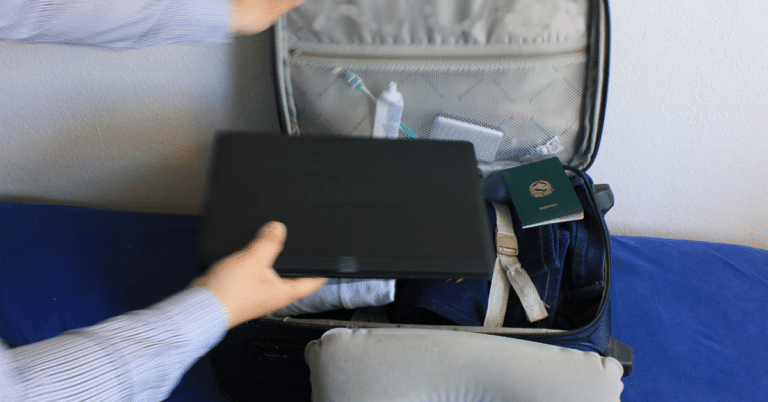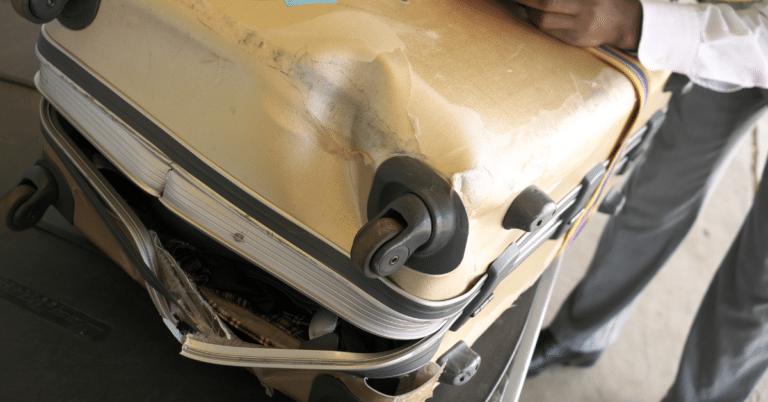Can You Bring A Water Bottle On A Plane?
The short answer is – yes, you can bring an EMPTY water bottle of any size on a plane.
Filled water bottles as well as other types of liquid containers are allowed on a plane if they are smaller than 3.4 ounces (100 ml) or if they were bought after you passed the security.
Once you pass the security screening – in water fountain, cafe/restaurant or on a plane.
The reusable water bottle will also come in handy during the rest of your trip.
TSA Regulations On Bringing Water Bottles On A Plane
You can bring an empty water bottle regardless of its size both in carry-on bag and checked bag.
The same goes for other containers that you might want to bring.
Note that even if your bottle is bigger than 3.4 ounces but the liquid inside of it is less than this amount, you will still have to empty it first, before going through the security checkpoint.
If not in a checked bag, filled water bottles bigger than 3.4 ounces will be emptied by the security officers or you will be asked to leave them.
Same regulations apply to travel mugs, thermos bottles, flasks etc.
These TSA regulations are the result of several bombing attempts, from which one was the Philippine Airlines Flight 434. The flight, Boeing 747-283B, took off on December 11th, 1994 from Cebu, heading to Tokyo.
One of the passengers, Ramzi Yousef, boarded under the fake identity of Armaldo Forlani and placed a bomb in the aircraft.
The parts of the bomb were items that would not be prohibited by the airport security at that time.
Also, the bottle was similar to a contact lens liquid bottle, but it contained the explosive liquid nitroglycerin.
Captain Eduardo Reyes, landed the airplane safely after the terrorist attack.
The event that could have been a tragedy of bigger proportions contributed to the strict norm regarding traveling with water bottles, that we know today.
What Kind Of Water Bottles Can You Bring On A Plane?
You can bring empty water bottles made of glass, stainless steel, or plastic.
Exceptions To TSA Liquid Rule For Carry-On
If you bring child nourishments or fish supplies, you will be allowed to carry more water with you on the plane.
Child nourishments
If you are traveling with your baby, for instance, you will be able to bring breastmilk or baby formula in bottles or containers that exceed 3.4 ounces. Also, parents will be allowed to bring water for the baby, including boiled, sterile water. Liquids that are meant for your baby don’t have to be in the liquid bag along with other such products. You should put them in a separate bag and let the security officer know about them so they will be scanned separately.
If you are bringing liquid baby supplies, you will have to bring your child with you as you go through the security checkpoint. Also, the quantity of these nourishment products should be reasonable, according to the flight duration and the needs of your child. In this respect, each case is different so you will discuss the details with the security officer. And you will have to prove that you are the parent or caregiver of the child.
Fish supplies
If you want to travel with a live fish, you will also be allowed to bring more than 3.4 ounces of water through the security check. However, the security officer will check if the fish is alive and swimming. You will also have to carry your fish in a container that will not spill or leak. It can be a glass or a plastic container, filled with as much water as your fish needs. In this case, you will have to check with the airline if they allow flying with a fish. Also, check the regulations and customs that apply in the country of destination to be sure you are safe on both ends. Depending on the fish you are carrying with you, you might need to bring additional paperwork to prove your right of property over it.
If you have any other exceptional situation, you will have to discuss it with the security officer. Check the policy regarding any extra paperwork you might need to bring to justify any special need you have for your flight conditions.
We want to remind you to check the policy of the airline company you fly with as well since some companies have additional rules and exceptions you should know before you get to the airport. At the same time, you want to be familiar with the customs
